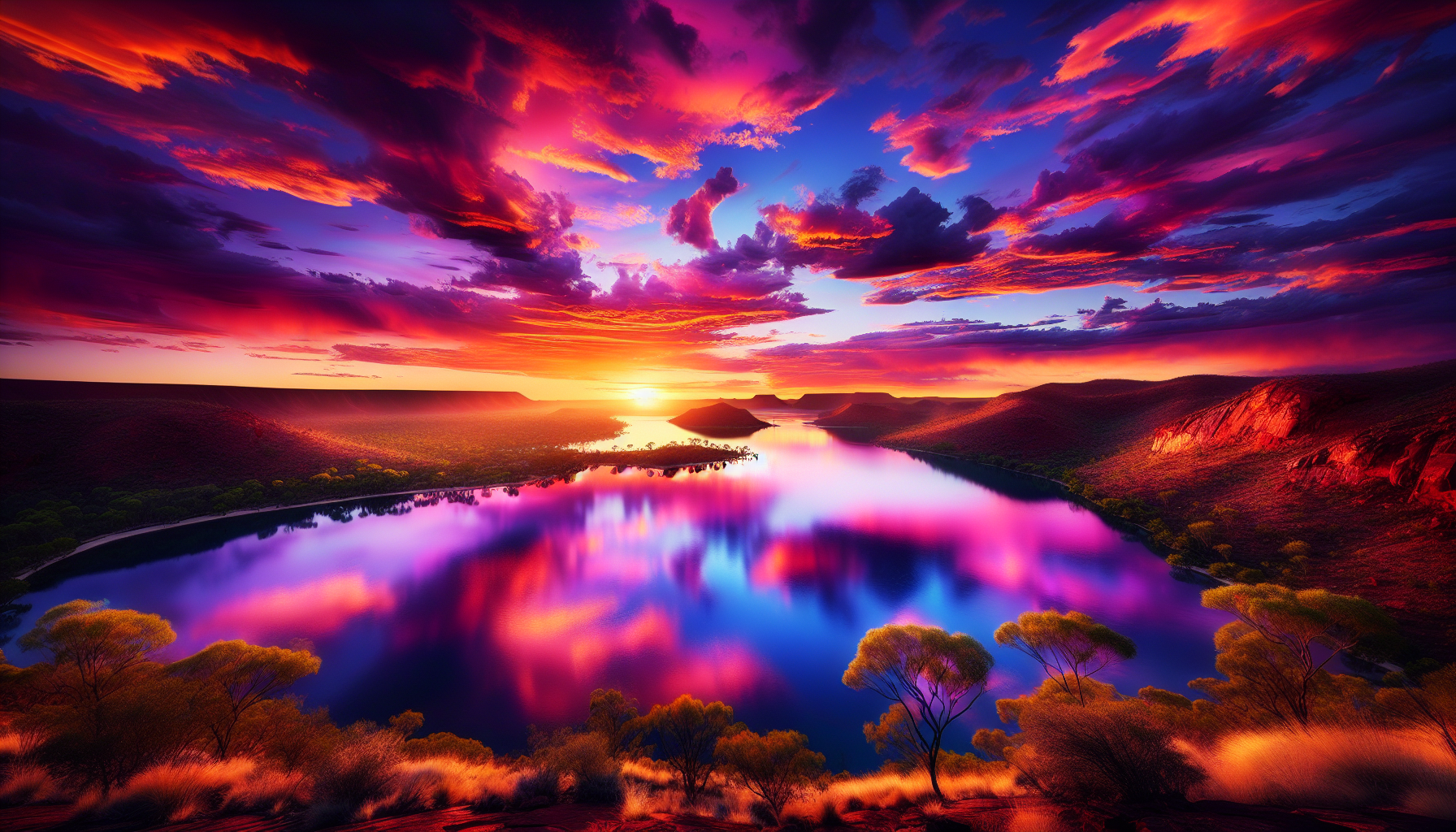Landscape photography is a captivating pursuit that allows individuals to capture the beauty of the natural world in its raw, unadulterated form. Whether you're standing atop a mountain peak, wandering through a dense forest, or watching the first light break over a serene lake, landscape photography offers endless opportunities to reflect nature's splendor through a camera lens. This detailed guide is designed to help both amateur and professional photographers unveil the secrets of this enchanting art form.
Understanding the Basics of Composition
The foundation of good landscape photography lies in understanding composition. This involves mastering the "rule of thirds," which suggests dividing your frame into nine equal sections using two horizontal and two vertical lines. Placing key elements of your photograph along these lines or at their intersections draws viewers' eyes naturally to your focal points, creating more balanced and engaging images.
Leading lines, such as roads, rivers, or tree lines, can guide viewers through the image, adding depth and interest. Ensure your horizon is level unless intentionally composing otherwise for creative effect. Experimenting with foreground objects can also enrich your composition by providing a sense of scale and depth.
Harnessing Natural Light
Light is one of the most crucial elements in landscape photography. The quality, direction, and intensity of light can dramatically change a scene, and thus, learning to harness natural light is key. The golden hours, shortly after sunrise and just before sunset, offer soft, warm hues and long shadows that enhance textures and colors in your photos.
Overcast days might not seem ideal, but they provide diffused lighting that minimizes harsh shadows and offers even illumination, bringing out the nuanced details in a landscape. Don't shy away from shooting during "blue hour," the period just before sunrise and after sunset, which casts a cool, calm light ideal for creating serene and moody images.
Choosing the Right Equipment
Investing in quality equipment can significantly impact your landscape photography. While professional DSLRs and mirrorless cameras provide the best image quality and flexibility, even a smartphone can produce captivating landscapes with the right techniques. Equip yourself with a sturdy tripod to ensure sharp images, especially during long exposure shots or low-light conditions.
Wide-angle lenses are a favorite among landscape photographers as they capture expansive views and dramatic skies. Consider using polarizing filters to reduce glare and enhance saturation, and neutral density filters for managing exposure in challenging lighting conditions.
Mastering Post-Processing
Post-processing is an integral part of digital photography, allowing you to refine your images and bring your artistic vision to life. Software like Adobe Lightroom and Photoshop offer powerful tools for adjusting exposure, contrast, and color balance. Mindful editing can enhance the natural beauty of your photograph without compromising its authenticity.
Employing non-destructive editing techniques ensures you never lose the original version of your image. Work with layers, adjustment brushes, and gradients to pinpoint specific areas of the image that require adjustment. This approach provides greater creative control and can transform good photos into stunning works of art.
Connecting With Nature
Above all, landscape photography is about forging a deep connection with nature. This involves not only visual observation but also an appreciation of the sights, sounds, and smells that make each location unique. Allow yourself time to explore and immerse fully in the environment. Patience and mindfulness are virtues that often lead to capturing those once-in-a-lifetime shots.
Developing Your Unique Style
Finally, every photographer brings their unique perspective to the scene. Developing your style involves experimenting with different techniques, subjects, and post-processing methods until your photography reflects your personal vision of the world. Study the works of renowned photographers for inspiration but never shy away from exploring uncharted creative territories.
In conclusion, landscape photography is a rewarding journey that combines technical skill with creative imagination. Whether standing amidst towering mountains or immersing yourself in the tranquil beauty of a secluded beach, the art of landscape photography offers an endless canvas on which to paint your interpretation of nature's majesty. Embrace the challenges, enjoy the journey, and let your photographs tell the story of the world as you see it.
